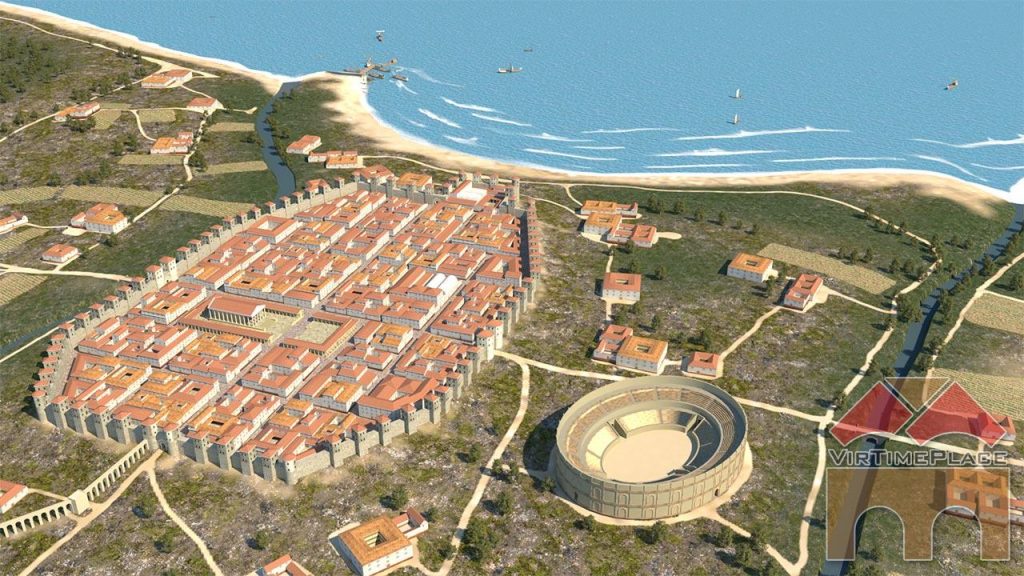All types of cultures and civilizations have passed through Barcelona's Roman past. And as in all of Europe, one of the civilizations that most marked the future of the city were the thriving Romans; so civilized for some things and not so civilized for others...
Barcino Foundation
Before the Romans settled, these lands were inhabited by the Laietans, an Iberian tribe that lived on the coast of the province of Barcelona, between the Llobregat and Tordera rivers. The Laietasi initially gave the name “Bárkeno” to the settlement that would later become the flourishing city of Barcelona.
The Laietans were displaced by the new Roman hosts between 10-15 BC, where they founded the military colony Ginger, although it was formally known then as Colonia Iulia Augusta Faventia Paterna. Why such a long and boring name? Well, each term had a meaning behind it:
– Cologne: Military settlement of retired Roman war veterans. Barcino was a Roman colony founded by the Roman emperor Augustus, with the purpose of living Roman retirees, most of them militants who had retired and could rest by the sea, as gratitude for having fought for the glory of Rome (the Roman version of Hawaii).
– Julia: Founded in honor of the Iulia Claudia family. The Julius-Claudian dynasty refers to the first five Roman emperors related to Julius Caesar: Augustus, Tiberius, Caligula, Claudius, and the beloved Nero (ironic). They ruled the Roman Empire from 27 BC to 68 AD. C., when the last in the line of succession, Nero, committed suicide.
– Augusta: Created in times of Octavius Augustus, first emperor.
– Faventia: Latin term that meant that he had the favor or consent of the gods.
– Paternal: Term used to refer to a city founded by descendants of Romans residing in Rome considered their parents.
– Ginger: Latinization of what the Laietano settlement knew as Bàrkeno.
The Architecture and expansion of Barcelona is its Roman past

Barcino followed the typical structure of Roman cities with two main streets (Cardus and Decumanus) that intersected in the shape of a cross and were intercepted by a Roman Forum. The cardus was the current Carrer del Call that crosses the city from north to south and the Decumanus Carrer del Bisbe that crosses the city from east to west. Barcino, whose forum was located in the current Plaza de Santiago, reached its maximum development during the time of the Hispanic emperor Trajan (98-117). The place of public recreation and central axis of Roman life in Barcino had a temple (the one located on Paradís Street), but archaeologists have not found the curia, the market, or the basilica. They suspect that they are buried under the Plaza de San Jaime, where no excavations have ever been made, or a little higher up, that is, under the Palau de la Generalitat.
Roman Barcelona was an atypical city, small, but of great commercial importance (it was exempt from taxes) and administrative through which the Via Augusta ran, with many freedmen (servants who had achieved their freedom), luxury domus and large villas outside the walls. But over time, this small city was transformed and its unbeatable location gave it facilities for trade across the Mediterranean Sea, together with its desire to constantly reinvent itself, which has caused that once the Roman Republic was defeated, it became imperial seat during the 12th century. V of the Visigoth king Ataúlfo and the beginning of his flourishing future.
Discover some elements that still remain from this glorious Roman past in our tour of the Gothic Quarter through the city of Barcelona!




No responses yet